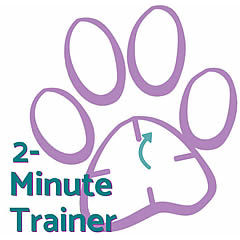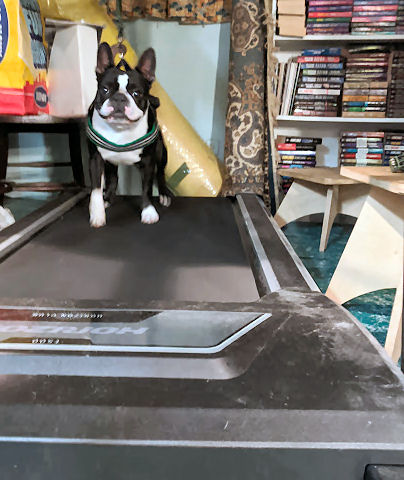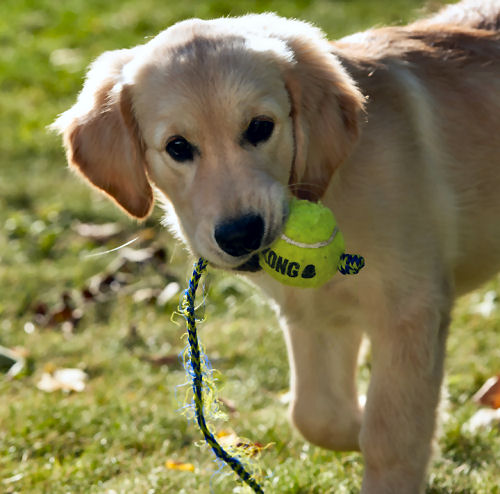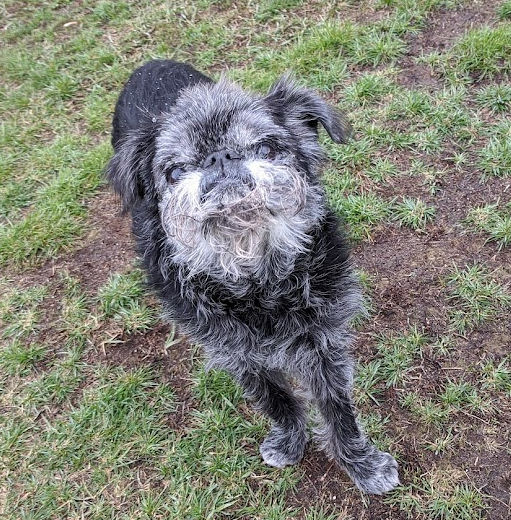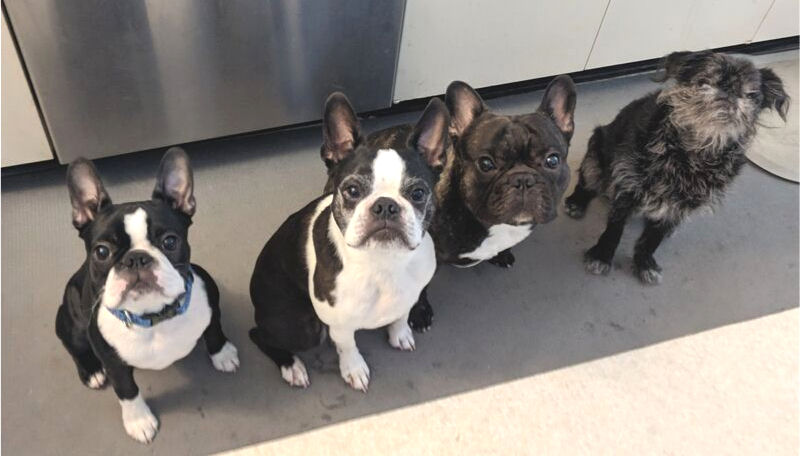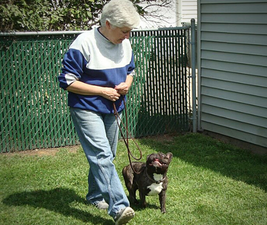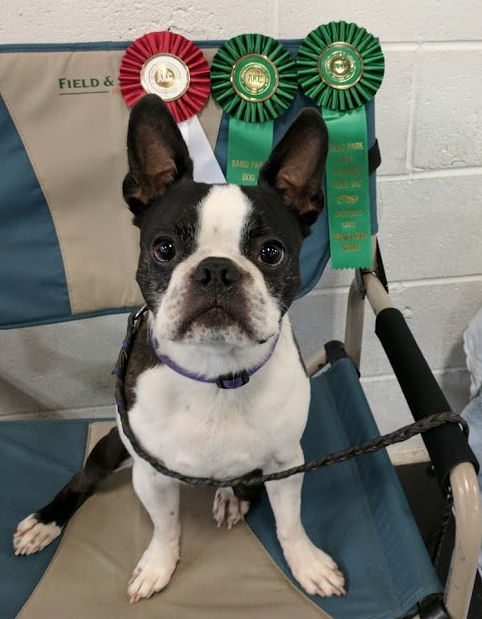Positive reinforcement training doesn’t mean your dog gets to do whatever they want whenever they want. It means that you, as the dog’s teacher, must help your dogs choose wisely. Good decisions are rewarded. Poor ones are ignored.
There are times that we ask too much of the dogs. That’s on us, not the dog. It happened today in Simon’s 2-Minute session this morning. Simon is Fran’s four-year-old Boston Terrier.
Training for Rally Obedience
One of the exercises often used in Rally courses is the Figure 8 with distractions. (This is a different kind of distraction than those Simon faced at an Agility trial, but the training to deal with any distraction is similar, as you’ll see.) Those distractions are bowls on either side containing either dog treats or dog toys. The objective is to heel with your dog in a figure-8 pattern around two pylons, despite the distractions.
Simon does great (after some training) when the bowls contain treats. While he’s food-motivated, treats are not his number-one reward. Toys are.
This morning Fran put a single bowl with some treats out and practiced heeling with Simon around the bowl. He was fine. Attentive to what he was doing and, after a glance or two, ignoring the distraction. His response was exactly right. He got lots of praise and treats.
Changing the question
Simon answered that question perfectly. So it was time to change the question and see if he answered right again. Fran replaced the treats in the bowl with a low-value dog toy. It blew his little doggy brain.
Simon did fine getting into perfect heel position. He stayed sitting, until Fran said “Heel!” He dashed for the toy in the bowl and took off. Fran held onto the toy, not letting him tug or chew, and told him to “drop it.” He did, which earned him a treat reward.
Fran set up again, a little further from the bowl, with a higher-value treat, but essentially the same question. We got the same, wrong answer. It was time to change the question – this one was too difficult for Simon today.
That’s also an important distinction. It was too much today. Another day, it might not be a big deal. But today we had to find a way to help Simon choose wisely.
Making positive changes
We switched the reward to a toy Simon likes even more than the one in the bowl. Fran played a short game of tug with him to show him what a wonderful treat was in store for him. And set up for heeling again. He almost chose wisely, but the “bird in the hand” option was still too tempting.
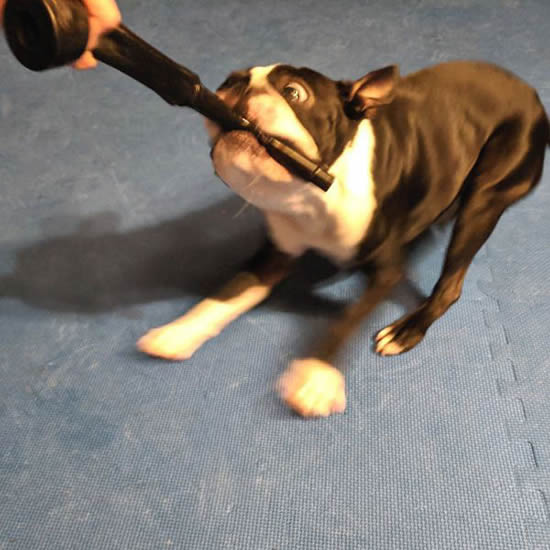
Next change: covering the toy and bowl with an open basket. Simon could still see the toy in the bowl, but there was a barrier to instant access. With this change, he was finally able to heel around the distraction successfully. And was immediately rewarded with a vigorous game of tug with the toy in Fran’s pocket.
Success not required
While not every session has to “end with a win,” we called a halt at that point. We’d already asked Simon to think hard, answer difficult questions, and concentrate.
Next time we visit this exercise – the Figure 8 with distractions – we’ll start where we left off today. With the toy visible but not accessible. We’ll start with the easier question and build up to the more difficult ones.
Dogs aren’t psychic and they don’t speak English. They do communicate clearly, if we’re paying attention. Yes, we do training to challenge our dogs. But we don’t want to overwhelm them by asking too much. If your dog is making bad decisions – it’s time to rethink the questions you’re asking.
